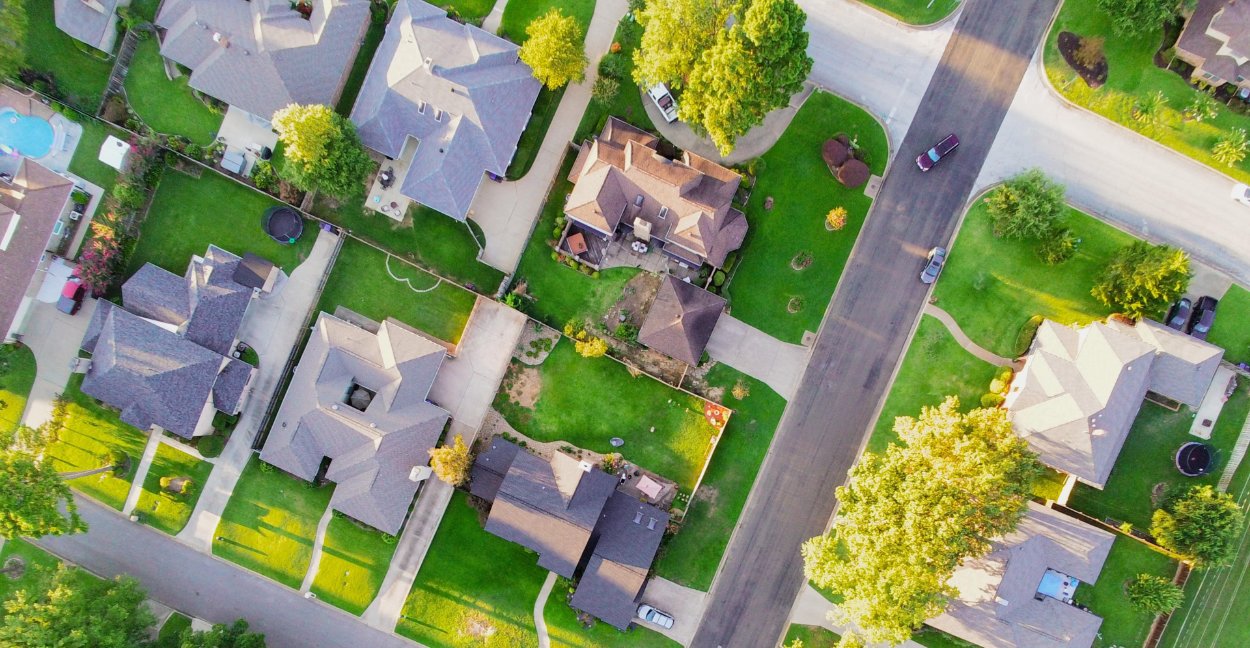
First published: January 2017
Updated: June 2022
Boundary disputes are among the most common and most contentious disputes between property owners, and often people are unsure of how to resolve a boundary dispute in the most efficient and effective way possible. With the extensive growth, development, subdividing, and booming sales of property in our region, it is not uncommon to encounter a boundary dispute between two adjacent property owners.
If you think you may have a boundary issue with one or more of your neighbors, here are some steps you can take to work toward a resolution, as advised by attorney Dave von Beck at Levy | von Beck | Comstock.
Steps to Resolving Boundary Disputes in Washington State
Following are some basic steps to take if you encounter a boundary issue with your neighbor.
1. Identify the problem.
Boundary disputes in Washington typically result from the discovery of longtime encroachments, such as fences or buildings, across the original property line or into an easement. This “discovery” might occur when a new owner has a survey conducted and then perhaps begins to build a fence along the original property line – much to the surprise of the adjacent neighbor, who had a longtime belief that that area of property was theirs. Or, a boundary-related dispute may result from the misuse of an easement, which grants limited rights to use another person’s property. In Washington, for a party to obtain property through adverse possession or prescriptive easement, certain elements (such as exclusive use by the adversely possessing party) must be met going back 10 years.
Common issues that lead to boundary disputes in Washington include:
- Encroachments, such as fences or buildings across the property line
- Trespasses, such as use of your property without your permission
- Easements, which are the limited rights to use another person’s property
- Excavation or heavy construction affecting the stability of your land
- Removal of trees
2. Determine how you would like to resolve the issue.
Depending on the circumstances, boundary disputes can be resolved in a number of ways:
- You can negotiate a compromise by which you are compensated for your neighbor’s continued trespass or encroachment on your property, or you might engage in a “land swap.”
- You can seek an injunction preventing your neighbor from continuing to use the disputed area, and ultimately obtain possession via an adverse possession action (lawsuit).
- You can seek monetary compensation for damage to your property, the decreased value of the property, or the value of trees that were removed.
3. Consider talking to your neighbor before taking legal action – but talk to legal counsel first.
Boundary disputes can be very personal, so if you plan to talk with your neighbor, it’s a good idea to prepare what you’re going to say before you speak with them. In many cases, property owners hastily approach the situation, and the result is a shouting match that might have been avoided with some preparation. While it may be possible to calmly communicate with your neighbor to reach a resolution, try not to put anything in writing — even a simple note or an email — without first consulting an attorney. Indeed, you are probably better served by consulting a lawyer first, to understand your rights and the likely outcomes if a settlement cannot be reached and litigation becomes necessary.
4. Engage an experienced real estate lawyer.
Washington law protects property owners from intentional and negligent trespassing, unauthorized tree removal, and removal of the lateral support of a home.
The real estate lawyers of Levy | von Beck | Comstock handle these and other issues for residential and commercial property owners in Washington and Oregon. Please see our overview of real estate disputes to learn more, or contact us.

